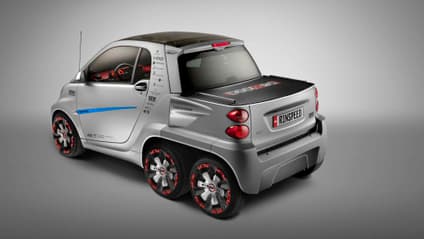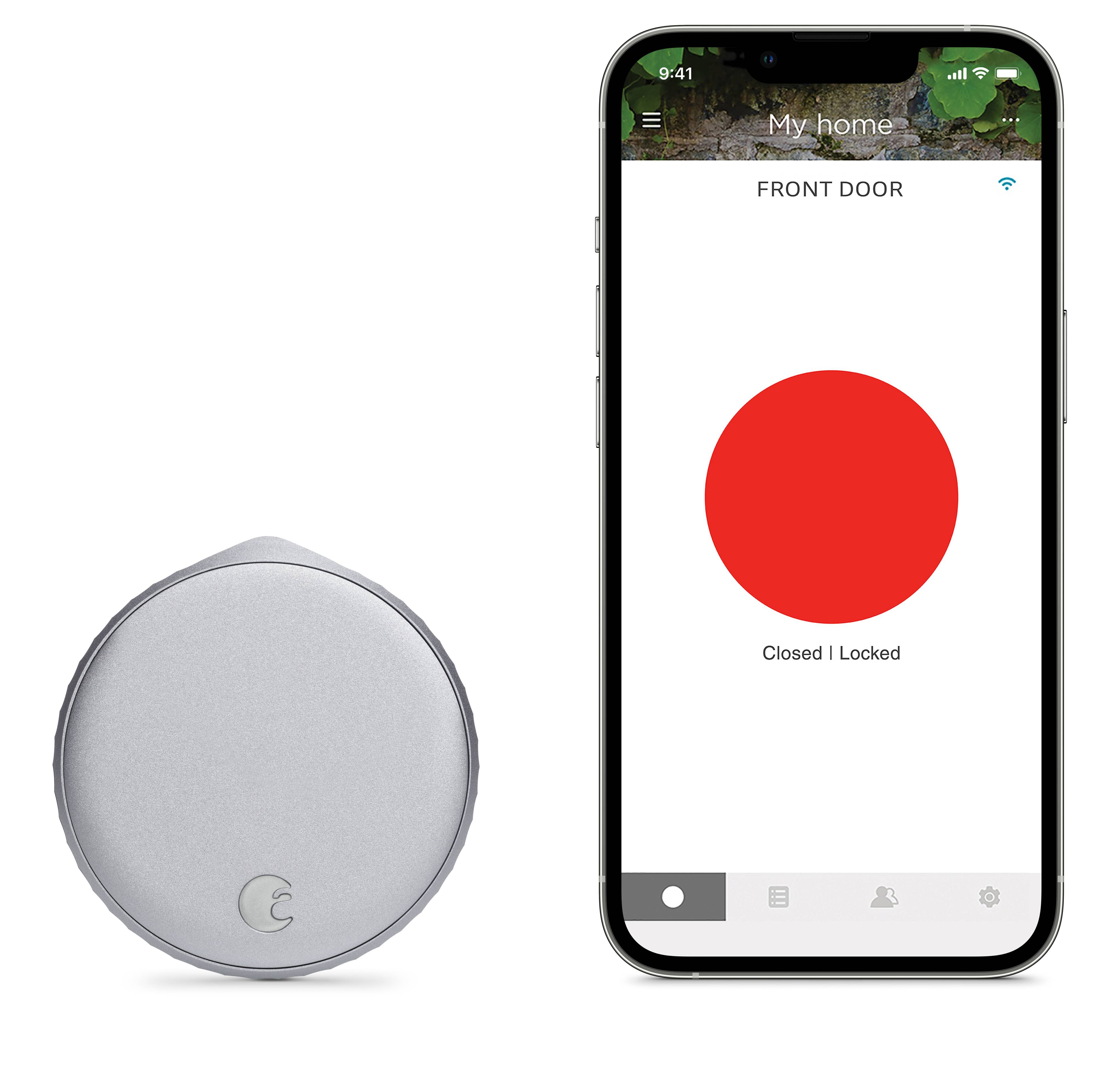
The Lamborghini Miura is a Lamborghini, while the Nissan Skyline GT-R a Nissan Skyline GT-R may be the most extreme car on the market. The Honda Civic Type-R and the Subaru BRZ tS are also available. They're unique and cool, but not really cars. So which is America's most cool car? Let's take a look. We hope you'll be inspired by this list to get behind the wheel!
The Lamborghini Miura
In 1966, the Lamborghini Miura supercar was sold for a staggering price. The Miura was priced at $20,000 per vehicle, making it a very special machine. There were only 275 units made and they were a huge success. The Miura was a beautiful car with a slim waistline and a flat roof that rose 1050mm above the ground. It had twin-circular headlamps, derived from the Fiat 850 Spider.
The Nissan Skyline GT-R
1969 was the year when the first man was sent to the moon. In that same year, the 747 made its debut. Japanese car buyers are looking for the latest technology. This car has all of these attributes. Skyline GT-R by Nissan was introduced in Japan. This car is highly desirable. It is hard to find the original car, but Nissan was able to revive the GT-R badge with turbocharged power.

The Honda Civic Type-R
It's no wonder that the Honda Civic Type-R is one of the most recognizable and popular cars in the world. Its sleek design has a sporty appeal. The car's front is finished with three exhaust tips, multiple scoops, and three exhaust tips. Another notable feature is the rear wings. The Type-R isn’t as innovative as the other versions, but it still delivers an exceptional driving experience.
Subaru BRZ TS
Limited-edition Subaru BRZ tS models are available for $34,000. It's both a beast on the track and a great street car. The car's chassis experts know their stuff. It has a low ground clearance, so traction can be a little tricky, especially on slippery roads. However, the car is fun to drive along the windy Californian canyon roads. The tS is also perfect for downhill runs.
Toyota 2000 GT
The Toyota 2000 GT was one of the earliest sports cars to be built, and was created in collaboration with Nissan. The Toyota 2000 GT was launched in December 1964. Two companies signed a technology sharing arrangement on September 8, 1965. The design team consisted of Toyota engineers Shinichi Yamazaki and Hidemasa Takagi, test driver Eizo Matsuda, and design assistant/development driver Shihomi Hosoya. Shoichi Saito, a Toyota industrial designer, was responsible for the project. Toyota industrial designer Satoru Nazaki designed the car's shape. He used a full-size wooden Buck as an inspiration.
Ford Bronco
The Ford Bronco may be the most coolest car ever made. Its naming convention is "GOAT", or "Goes Over Any Terrain." The car's eight-speed automatic transmission has seven drive modes to suit varying driving conditions, including normal, eco, sport, mud/ruts, and rock crawl. The base Bronco features five drive modes and the Wildtrak optionally offers seven.

The Volvo G80
The G80 was the most popular car in our tests. Despite its hefty price tag, the G80 is still an incredible value. Its spacious cabin is an example of Swedish engineering. The driver-centric design makes it more affordable than its competition. The G80's 3.0-liter 3.5T engine provides a smooth, refined ride with plenty of sound. It's not a sports sedan though, with a 5.1 second time to go from 0-60 mph. It's also possible that your hair could be brushed against the headliner, either in front or behind the driver-side seats. The good news is that sub-six footers shouldn't have to worry about this.
FAQ
What length is an automotive mechanic apprenticeship?
An automotive mechanic apprenticeship takes around three years to complete. This includes two years at school and two years working as an apprentice. The first year of training is spent in the trade. This includes theory and practical skills as well as safety procedures. This year, you will also learn how to safely and efficiently use tools. After the completion of the first year, you will spend another year on the job training. Here you'll gain valuable experience in different trades. You'll have the opportunity to attend formal courses during these periods too.
The final year of this program is spent in obtaining qualifications and becoming certified in your field. These include NVQs (National Vocational Qualifications), which are awarded after passing exams covering specific topics within the industry. In addition, there are HNCs (Higher National Certificates) that cover general subjects such as management, business administration, and customer service. City & Guilds certificates can be obtained for individuals who want to learn certain trades.
What is the length of an automotive training course?
An automotive course is three years long.
The first year of your training is devoted to theory. You will learn all about cars. The second year is dedicated towards practical training. This includes learning how to drive, fix engine problems, and doing other maintenance jobs around your car. The last year of your training is spent on practical training, where you learn how to fix real-world problems.
What is the job description for a mechanic in a car?
Three main areas of employment are available for car mechanics:
-
Automotive repair shops
-
Dealerships
-
Independent garages
Automotive repair shops
This is where most people first think of becoming a mechanic. In fact, it's probably the easiest way to get started. You have two options: work in an existing shop or open your own.
If you plan to work in a shop, you must apply to join the union. Once you have been accepted into the Union, you'll be given training by the union.
After completing the training, you'll be ready to start work.
If you plan to open your own garage you will need to register with government. After you register, you will be required to meet specific standards.
When you've registered, you'll be given a license to operate your garage.
Your license allows you to sell spare parts and make minor repairs. It will not permit you to fix major engine issues.
In addition to selling spare parts, you'll also be expected to offer advice and guidance to customers.
Dealership jobs
Most dealerships only employ mechanics who have a specific skill set. For example, they might only deal with brakes or only replace tires.
However, dealerships may also employ general mechanics who are able to handle all aspects related to car repairs.
These positions may require applicants to complete specific training before being allowed on the job. Employers are able to choose which candidates will best suit their position.
Some dealerships will even hire graduates right out of university. These graduates are familiar with the fundamentals of mechanical engineering so they can easily learn about cars.
Independent garages
Independent garages aren't associated with any particular dealership. They tend to be focused on high-quality service.
Independent garages can pay higher wages because they aren't associated with any company. This means that these jobs are usually more lucrative than those at dealerships.
Independent garages don't necessarily make for better work environments. Many owners prefer to run their businesses themselves rather than delegate responsibility to employees.
You might find yourself working long hours but having no control over what happens in the day.
You should also expect to earn lower wages than if you were employed at a dealership.
It's possible to switch between jobs. Ask your employer if you would like to work as a mechanic at a dealership.
Or, if your dream is to work for an independent garage you can contact the owner directly.
Unfortunately, finding a new job can be difficult. Many other factors can also influence the amount you earn.
You might also consider the vehicle type you repair, and whether extra labor is charged.
What is the average time it takes to become a mechanic?
To become a skilled mechanic, you need years of experience and practice. The best way to learn how to repair cars is by working under the supervision of a professional mechanic.
You'll have to spend time at a garage learning all you can about cars and mechanics. Mechanical engineering books will be required to learn about mechanics and design.
You will also need to go to auto school.
It's crucial to start as soon as possible. It doesn't matter if you're old or not to study automotive technology. Do you want to be a mechanic? Get started today!
What are the requirements for an automobile technician?
You must have completed high school or GED with good grades in maths and English. Also, you must be able read and write. To be allowed to work, you must pass a written and practical test.
Statistics
- According to the BLS, the median annual salary for automotive service technicians and mechanics in the United States was $44,050 in May 2020. (uti.edu)
- According to the BLS, total auto technician employment is expected to exceed 705,000 by 2030. (uti.edu)
- Apprentice mechanics earn significantly less hourly than mechanics who have completed training, with a median wage of approximately $14.50 an hour, according to PayScale. (jobhero.com)
External Links
How To
How to diagnose your vehicle properly for repair
You should first examine the symptoms your car is showing to determine if it requires repairs. Follow these steps to properly diagnose your vehicle.
-
Check engine lights. Make sure to check all dashboard indicators like the engine light indicator (oil pressure gauge), the battery indicator (battery light indicator), and the RPM indicator (rpm gauge). It could indicate that your vehicle is having problems.
-
Take a look at the treads. Tires with worn treads could cause problems when handling or braking. The treads of the wheels should be inspected as well. They should be clean, and they should be smooth. You can do this by taking off the wheels. A flashlight can be used to check how worn the treads are.
-
Check the level of brake fluid. It is important to keep track of how much brake fluid you have in your car. You can ensure that your brakes are working properly by monitoring the level of brake fluid in your vehicle. If the brake fluid level is low, your brakes might fail when you apply pressure to them.
-
Test the suspension system. A suspension system is designed to absorb vibrations and shocks. This suspension system provides greater control and smoother acceleration and deceleration. Your vehicle might feel wobbly, or shake uncontrollably if it has a bad suspension. If you are unsure if your vehicle is suffering from a suspension problem, put weight on the front and rear axles to check the movement.
-
Examine your steering column. Steering columns are used to connect the steering wheel to the rest of the vehicle's components. Accidents often damage steering columns. You should replace your steering column if it feels loose or unstable.
-
Pay close attention to the exhaust tube. Exhaust pipes move gases from combustion chamber to atmosphere. Your cabin will be effected if your exhaust pipe cracks or leaks. If your tailpipe bends, it is important to fix it immediately.
-
Check under the hood. Look underneath your hood to see if anything looks strange. There could be fluid leaking from your engine. If you smell something strange coming from your engine compartment you should call a professional technician.
-
The air filter should be checked. The outside environment collects dust and other particles in the vehicle's filter. Your vehicle will run less well if it has a dirty filter. Replace your air filter regularly.
-
Check the fan belt. The fan belt that connects your vehicle to the transmission is called the engine fan belt. If the fan belt fails, the engine won't start. It is very easy to replace your belt. All you need to replace the belt is a screwdriver with pliers.
-
Make sure you inspect the radiator hoses and hoses. The radiator hose carries water from the radiator to the engine. It can cause hot liquid to leak onto the engine if it is damaged or cracked. To repair the hose, you will only need to use a pair needle-nosepliers and a wire brush.
-
Be sure to inspect your windshield wipers. Windshield wipers use electricity to remove snow and rain. If they stop functioning, they can leave streaks in your window glass. You can fix the problem by changing the washer fluid.
-
You should inspect the cables. The battery cables provide power for the electrical systems in your car. Make sure you disconnect the negative cable before replacing batteries. Failure to do so can damage your alternator.
-
Pay attention to your headlights. The headlights provide illumination for the road ahead. Bad visibility can be caused by headlights that don't work correctly. Check the bulbs to see if they've burned out.
-
Pay attention to the lights. When you approach them at night, the lights warn other drivers. If one doesn't work, it could distract you and lead to an accident.
-
Inspect your brakes. Brakes will reduce the speed of your car in case of an accident. If your brakes aren't working properly, you may lose control and crash into other cars.
-
Check the oil regularly. Keep your engine lubricated with oil. This oil helps to prevent metal parts becoming too worn out. It is recommended to change the oil each month.